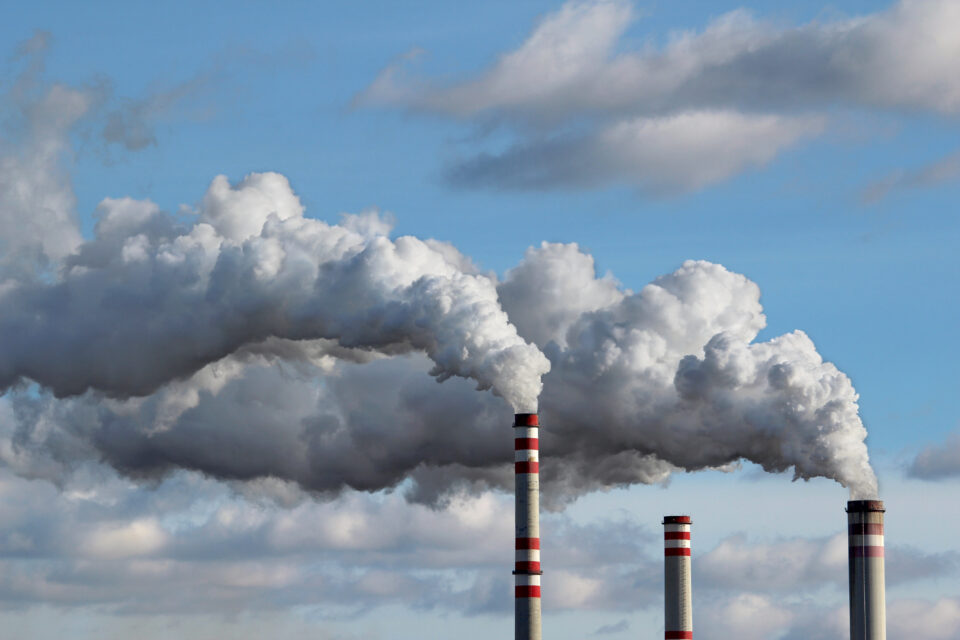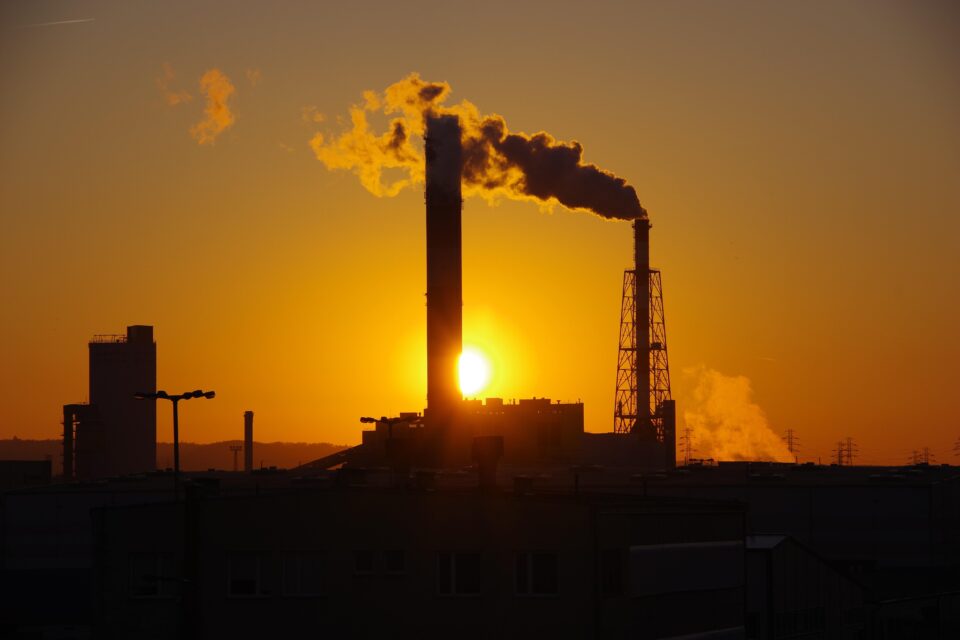Air Quality
It is important to take steps to minimize risks and improve air quality with many sources of outdoor and indoor air pollution impacting health and the environment.

Indoor Air Quality
Because most people spend about 90 percent of time indoors, the health risks from air pollutants may be greater than outdoor pollution. Click the headings for more about common indoor air pollutants, conditions they cause and reducing exposure.
Common Indoor Air Pollutants
Asbestos fibers are naturally occurring, very strong and resistant to heat and chemicals. Because of these properties, asbestos has been used in a wide range of products. Though its use has decreased in recent years, it can still be found in residential and commercial settings and poses health risks.
Asthma is a chronic respiratory disease affecting people of all ages, including an estimated 650,000 people in Indiana. Contact with allergens, certain irritants or exposure to viral infections as infants or in early childhood have been linked to asthma. Air pollution and irritants like pet dander and dust mites may also play a role in adult-onset asthma. Other triggers include urine, feces and body parts of cockroaches.
Carbon monoxide (CO) is a colorless, odorless gas produced whenever fuel like gas, oil, kerosene, wood or charcoal is burned. Because it is impossible to see, taste or smell it can kill in minutes.
Place carbon monoxide detectors on each floor of your house, and check batteries regularly to ensure they are working properly. If the detector sounds, leave your home immediately and call 911.
Mold are fungi found in virtually every environment that grow best in warm, damp, humid conditions. Mold can destroy building materials and home furnishings, and some can cause health problems.
There are no federal, state or local standards establishing hazardous levels of mold nor are there any governing its clean-up. The Department provides education and recommendations but cannot enforce action or engage in any tenant/landlord disputes regarding mold issues. If water damage is contributing to mold growth, enforcement actions can occur. Call the Department's Vector Control & Health Homes division at 260-449-7459 with questions or concerns.
Fort Wayne renters can contact Neighborhood Code at 311 about mold due to structural or plumbing problems not being addressed by a landlord.
Radon is a colorless, tasteless, odorless natural radioactive gas that can cause serious health problems. Long-term exposure to radon is the second leading cause of lung cancer in the U.S., responsible for more than 20,000 deaths annually.
Most exposure occurs at home, and the only way to detect the gas is to test. Radon testing is simple and inexpensive. Kits can be purchased at hardware or home improvement stores for about $30 or a qualified tester can be hired. Visit Indiana’s Professional licensing site to find a licensed radon test provider.
Secondhand smoke is the third-leading cause of preventable death in the U.S., killing more than 1,000 Hoosiers every year. Tobacco smoke can cause bronchitis, pneumonia, wheezing, coughing, inner ear infections, decreased lung function and asthma attacks. Eliminating smoking indoors is the only way to fully protect nonsmokers from secondhand smoke.
Call 1-800-784-8669 or visit quitnowindiana.com for free help quitting.
Allen County Smoking Ordinances
Outdoor Air Quality
Ground-level ozone and particle pollution are two major threats to air quality in the U.S. Breathing these pollutants can trigger a variety of health problems particularly in children, the elderly and people of all ages with lung diseases like asthma.

Ozone & Particulate Matter
Ozone can be good or bad for your health and the environment depending on its location in the atmosphere.
The ozone layer found high in the upper atmosphere shields us from much of the sun’s ultraviolet radiation. However, ozone air pollution at ground level causes serious health problems and makes it difficult to breathe.
Ground level ozone develops in the atmosphere from gases from motor vehicle tailpipes, smokestacks and many other sources. When these gases, known as volatile organic compounds (VOC) and oxides of nitrogen (NOx), come in contact with sunlight, they react and form ozone or smog.
Particulate matter, also known as particle pollution or PM, is a mixture of extremely small particles and liquid droplets found in the air. They come in many sizes and shapes and can be made up of hundreds of different chemicals.
Once inhaled, these particles can affect the heart and lungs and cause serious health effects. The size of particles is directly linked to their potential for causing health problems. Small particles less than 10 micrometers in diameter pose the greatest problems, because they can get deep into your lungs even your bloodstream.

Anyone who spends time outdoors where ozone pollution and particle pollution levels are high may be at risk for respiratory harm, including:
- infants, children and teens;
- people over 65 years of age;
- people with lung disease such as asthma and chronic obstructive pulmonary disease (COPD), which includes chronic bronchitis and emphysema;
- people with heart disease or diabetes; and
- people who work or are active outdoors.
Reducing Air Pollution
Regulations put in place at the federal, state and local level reduce pollution from vehicles, industrial facilities and electric utilities. You can do your part and protect your health by:
- Checking the air quality forecast in your area. Limit outdoor physical activities when the Air Quality Index (AQI) is forecast to be unhealthy. Sign up for alerts with the Indiana Department of Environmental Management.
- Conserving energy. Set your thermostat a little higher in the summer. Turn off lights and unplug electric devices when not in use. Participate in your local utilities’ load-sharing and energy conservation programs.
- Reducing air pollution from gas-powered engines by keeping equipment properly maintained. Fill your gas tank during cooler evening hours and be careful not to spill gasoline. Reduce driving, carpool, use public transportation, walk or bicycle especially on hot summer days.
- Use household and garden chemicals wisely. Use low VOC paint and solvents. Be sure to read labels for proper use and disposal.
Rules about Open Burning
Learn more about Air Quality information from the CDC.